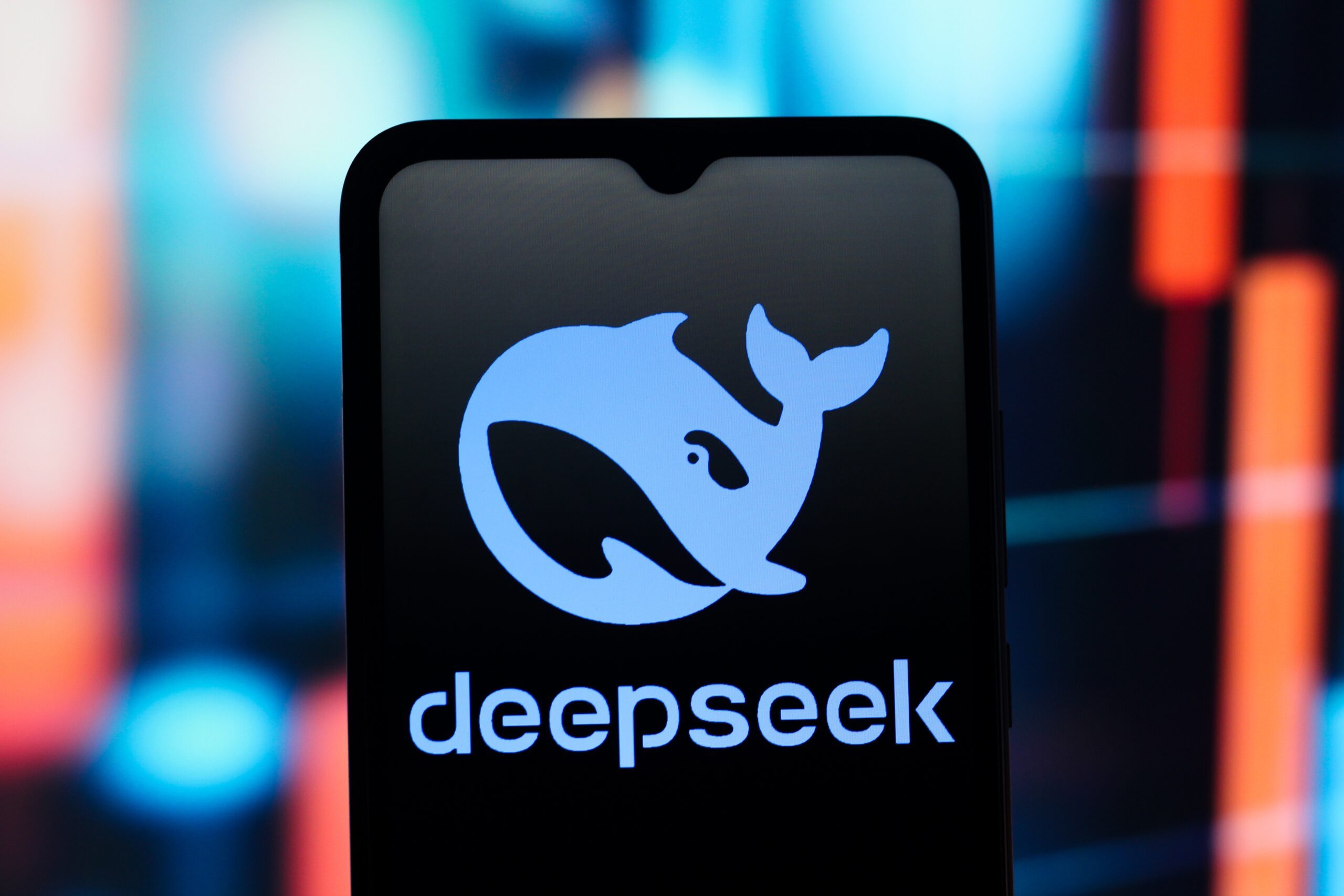When it pertains to effective onboarding, utilizing the right employee training materials is vital for success. You’ll find that thorough company policy guides provide fundamental information on workplace conduct and benefits. Meanwhile, interactive role-specific training modules engage new hires with customized content. Furthermore, access to online resources supports varied learning styles.
Structured checklists and feedback forms likewise play a significant role. Comprehending how these components work together can improve your onboarding process. What comes next?
Key Takeaways
- Comprehensive Company Policy Guides ensure new hires understand workplace expectations and benefits, enhancing their integration into the company culture.
- Interactive Role-Specific Training Modules offer tailored content and gamified experiences to engage employees and improve knowledge retention.
- Access to Online Resources and FAQs provides essential support and caters to diverse learning styles, facilitating a smoother onboarding experience.
- Checklists and Timelines for Progress Tracking help new hires systematically complete tasks and milestones, ensuring a structured onboarding process.
- Feedback Forms for Continuous Improvement allow for the collection of insights on new hire experiences, fostering ongoing enhancements in the onboarding process.
Comprehensive Company Policy Guides
Extensive company policy guides act as vital resources for new hires, providing a clear framework for grasping the expectations and regulations that shape your workplace environment.
These guides often include critical sections on code of conduct, anti-discrimination policies, workplace safety protocols, and employee benefits.
When designing your training manual, consider using training documentation examples that incorporate visuals and real-life scenarios, as this boosts engagement and retention.
Creating training materials that are clear and accessible can greatly reduce misunderstandings, promoting adherence to company standards.
Regularly updating these guides guarantees they reflect current laws and organizational procedures, keeping all employees informed and compliant.
Utilize training guidelines samples to streamline the development of your employee training manual and improve overall onboarding effectiveness.
Interactive Role-Specific Training Modules
As extensive company policy guides lay a solid foundation for new hires, interactive role-specific training modules take onboarding a step further by honing in on the specific responsibilities and skills required for each position.
These modules improve engagement by providing customized content, ensuring employees receive focused training. Utilizing gamification techniques, like points and rewards, can greatly boost participation rates and knowledge retention.
Studies indicate that new hires in interactive training are 70% more likely to retain information.
Incorporating real-world scenarios and practical exercises allows you to apply your learning immediately, bridging theory and practice.
Regular updates and feedback mechanisms keep these training materials relevant, adapting to the evolving needs of both employees and the organization, serving as excellent training manual examples.
Access to Online Resources and FAQs
To improve the onboarding experience, providing new hires with access to online resources, such as an employee portal or Learning Management System (LMS), is essential.
These platforms offer training materials, including training packets and sample training documents, allowing you to learn at your own pace. You can explore training guide examples and video tutorials that cater to various learning styles, making the process more engaging.
Furthermore, incorporating an all-encompassing FAQ section helps address common concerns, enabling you to find answers quickly and reducing reliance on supervisors.
Regular updates based on employee feedback guarantee that the information remains relevant and accurate, enhancing your confidence as you shift into the organization.
This streamlined access ultimately contributes to a smoother onboarding process.
Checklists and Timelines for Progress Tracking
A structured onboarding checklist is vital for new hires to navigate their initial days effectively.
Utilizing checklists and timelines helps guarantee all necessary tasks are systematically completed. Here’s a simple framework you can follow:
- Complete all paperwork by Day 1.
- Attend orientation and training sessions within the first week.
- Review the training manual layout and training notes in your training binder.
- Set milestones to finish training modules within the first 30 days.
Regular check-ins at 30, 60, and 90 days are important for tracking progress.
They allow you to assess integration and tackle any challenges.
Feedback Forms for Continuous Improvement
Gathering feedback from new hires is a key step in refining the onboarding process. Utilizing feedback forms allows you to collect both qualitative and quantitative insights about their experiences.
By regularly implementing structured forms, you can make data-driven adjustments to your staff training manual, enhancing overall effectiveness.
These surveys measure crucial metrics like new hire confidence and satisfaction, which can lead to improved retention rates.
When you create a feedback loop, new hires feel valued, promoting a culture of continuous improvement. Analyzing trends in the feedback can help HR address onboarding challenges proactively.
Therefore, making a training manual that incorporates feedback forms will eventually increase employee engagement and productivity in the long term, ensuring a smoother onboarding experience.
Frequently Asked Questions
What Are the 5 C’s of Effective Onboarding?
The 5 C’s of effective onboarding are Compliance, Clarification, Culture, Connection, and Check-back.
Compliance guarantees you understand company policies and legal requirements.
Clarification defines your job role and performance expectations.
Culture immerses you in the organization’s values and mission, promoting belonging.
Connection helps you build relationships with peers and managers, enhancing collaboration.
Finally, Check-back involves regular follow-ups to assess your progress and address any concerns, guaranteeing a smooth changeover into your new role.
What Should Be Included in Onboarding Training?
In onboarding training, you should include an overview of company policies and procedures, along with insights into the organizational culture.
[embed]https://www.youtube.com/watch?v=CLr-xaQEnkE[/embed]
Tailoring role-specific materials is vital, as it improves job performance.
Guarantee access to necessary tools and software from day one to facilitate a smooth changeover.
Regular check-ins and feedback sessions help monitor progress, whereas interactive methods, such as e-learning and hands-on activities, engage you and improve retention of fundamental knowledge.
What Are the 4 C’s of Effective Onboarding?
The 4 C’s of effective onboarding are Compliance, Clarification, Culture, and Connection.
Compliance guarantees you understand company policies and legal regulations, minimizing risks.
Clarification defines your roles and responsibilities, enhancing job performance.
Culture instills the organization’s values and mission, nurturing a sense of belonging.
[embed]https://www.youtube.com/watch?v=sxjgL64czRY[/embed]
Finally, Connection promotes relationship-building with team members and stakeholders, which is key for collaboration and support, ultimately affecting retention rates and job satisfaction positively.
What Are the 6 C’s of Employee Onboarding?
The 6 C’s of employee onboarding are Compliance, Clarification, Confidence, Connection, Culture, and Checkback.
[embed]https://www.youtube.com/watch?v=2y8SA6cLUys[/embed]
Compliance guarantees you understand policies and legal requirements.
Clarification defines your job role and expectations, so you know how to contribute.
Confidence comes from effective training, helping you navigate your role with assurance.
Connection builds relationships with colleagues, enhancing teamwork.
Culture integrates you into the organization’s values, and Checkback guarantees ongoing support and feedback for your development.
Conclusion
In conclusion, effective onboarding requires a blend of vital training materials that cater to various learning needs. By utilizing extensive company policy guides, interactive role-specific modules, and accessible online resources, you can improve new hires’ integration. Checklists and timelines help track their progress, whereas feedback forms guarantee continuous improvement in the onboarding process.
Implementing these five materials not just encourages a smoother change for employees but additionally contributes to higher retention rates and overall workplace satisfaction.
Image Via Envato
Disclaimer: This story is auto-aggregated by a computer program and has not been created or edited by finopulse.
Publisher: Source link







